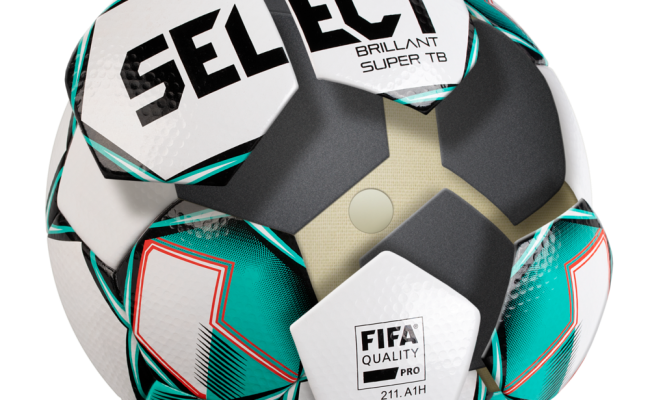Technology Select FIFA APPROVED

Information
Balls with the FIFA logo undergo comprehensive testing. Balls produced in this way are approved by FIFA for indoor or outdoor use.
Details
The FIFA Quality for Footballs program focuses on the ball. Only balls that have passed a strict testing procedure are awarded one of the prestigious FIF A quality marks.
Specifically:
Test 1: Deduction of the ball
To estimate the flight path well, the ball must have constant circumference measurements. The circumference is measured in ten different places. These measurements are used to calculate the average circumference. Balls with the FIFA Inspected logo must have this value of 68 to 70 cm, FIFA Approved balls must have a circumference between 68.5 and 69.5 cm.
Test 2: Roundness of the ball
Inaccurate stitching can deform the ball. The average is measured at sixteen places. The average is determined from these measurements. The two limit values can differ from the average by only 2% (for FIFA Inspected balls) or even only 1.5% (FIFA Approved).
Test 3: Rebound
The ball is dropped ten times onto a steel plate from a height of two meters. FIFA Inspected balls must bounce to a height of 115 cm to 165 cm , FIFA Approved only 120 cm to 165 cm . The difference between individual rebounds must not be greater than 10 cm .
Test 4: Weight
Each tested ball is weighed three times in a special container. This container is sealed so that any air leakage from the ball does not affect the weighing. FIFA Inspected balls should weigh between 410 and 450 g . FIFA Approved balls should weigh between 420 and 445 g .
Test 5: Absorption
In this test, the ball rotates and is immersed 250 times in a container with 2 cm of water. FIFA Inspected balls can absorb a maximum of 15% of their original weight . FIFA Approved can absorb only 10%.
Test 6: Pressure loss
The behavior of a ball that loses pressure during play is difficult to predict. In this test, the ball is inflated with air to a pressure of one atmosphere. In three days (72 hours), the pressure in the ball is measured again. In order to bear the FIFA Inspected mark, the ball must not lose more than 25% of its original pressure. FIFA Approved balls must not lose more than 20% .
Test 7: Constancy of shape and size
In this test, the ball is fired 2000 times against a steel plate at a speed of 50 km/h. Both the seams and the inner must pass this test unscathed. The loss of pressure and the change in shape and circumference of the ball must be minimal. Only balls with the FIFA Approved seal undergo this test.
Test 8: Balancing the ball
In this test, the ball must maintain its trajectory when launched in a straight direction. The ball is set in motion so that it rolls on a horizontal surface in a straight direction and it is observed how many degrees the ball has deviated from its original straight path. Only futsal balls undergo this test. FIFA Inspected balls can deviate by a maximum of 7.5° and FIFA Approved balls by a maximum of 5°.

























 Follow us on social media and find out more about the FIFA APPROVED
Follow us on social media and find out more about the FIFA APPROVED